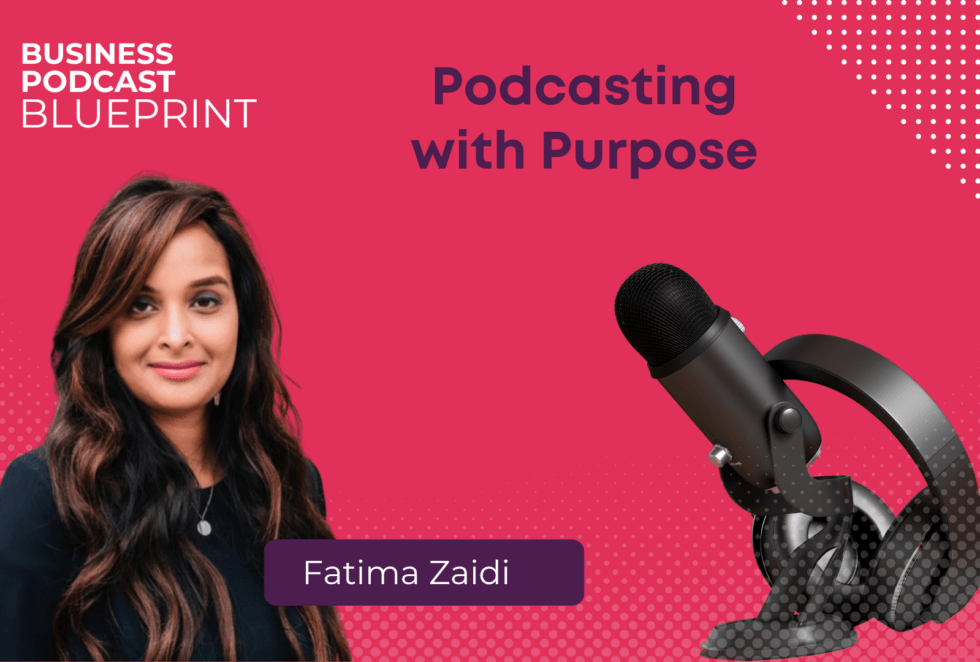This week’s guest, Fatima Zaidi, is CEO and founder of Quill Inc, a full-service podcasting hosting platform and production agency. Fatima also supports brands in launching their podcast and helps global brands and pro-podcasters distribute, grow, and measure their audio as founder and CEO of CoHost. Today, we’re discussing how podcasts can be used to serve business objectives, the importance of diversity in podcasting, and why having an external host can benefit you.
Tune in to hear Fatima and I explore:
- Audio can reach people where other forms of media can’t. You can’t watch Netflix while driving to work, or read an article while walking your dog, but you can do these things and more while listening to a podcast, Fatima shares.
- Fatima describes how podcasts help business objectives. Corporate podcasts typically serve to educate or entertain consumers; they often center around brand awareness, thought leadership, lead and sales generation, or telling their brand story.
- In being intentional about representation and diversity, you have to unapologetically stick to your guns. It’s a challenge to straddle the line between running a business and supporting positive change where DEI is concerned, but sometimes you have to be “willing to say no to a lot of the powerful people in podcasting who always have the stage,” Fatima explains.
- Understanding listener behavior is one of the biggest challenges in podcasting and discoverability metrics.
Question of the Week
Q: How do I become a better storyteller in interviews?
A: Like every other skill, the answer is in practicing. Within business or professional podcasts, there are two high-level types of story that you can use. The first is the bigger, overarching narrative of an episode. People understand and connect with stories and narrative tension caused by not knowing how to solve a problem. As you’re planning episodes, think about that gap in knowledge that your listener has, whether it’s a solo episode or an interview.
The other type of story is the kind that you tell to illustrate ideas and create connection with the audience, known as anecdotes. It might feel like a genuine anecdote has to be fresh off the cuff, but the truth is, you can practice them, and a lot of people do. Curate a little library of stories that amuse, delight, and explain. Practice them in front of the mirror, transitioning to and from them in different ways, so that when an appropriate opening comes up in the future, you are ready to go.
RESOURCES
One Stone Creative | LinkedIn | Twitter | Facebook | Instagram | Website

